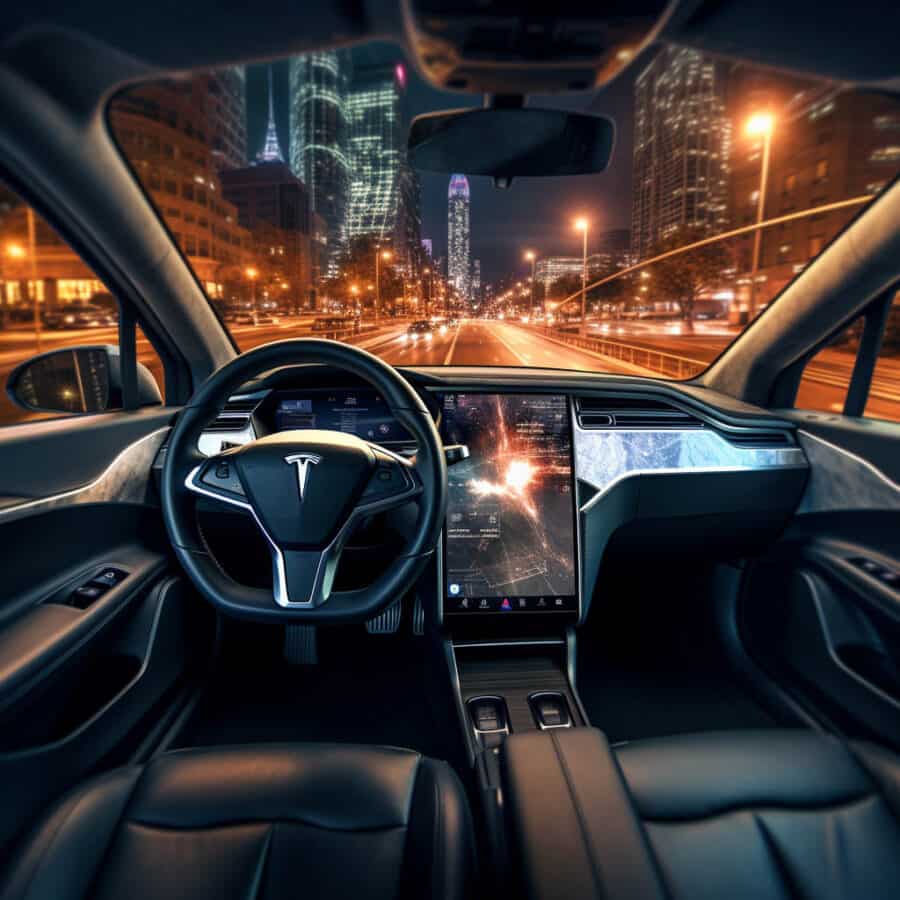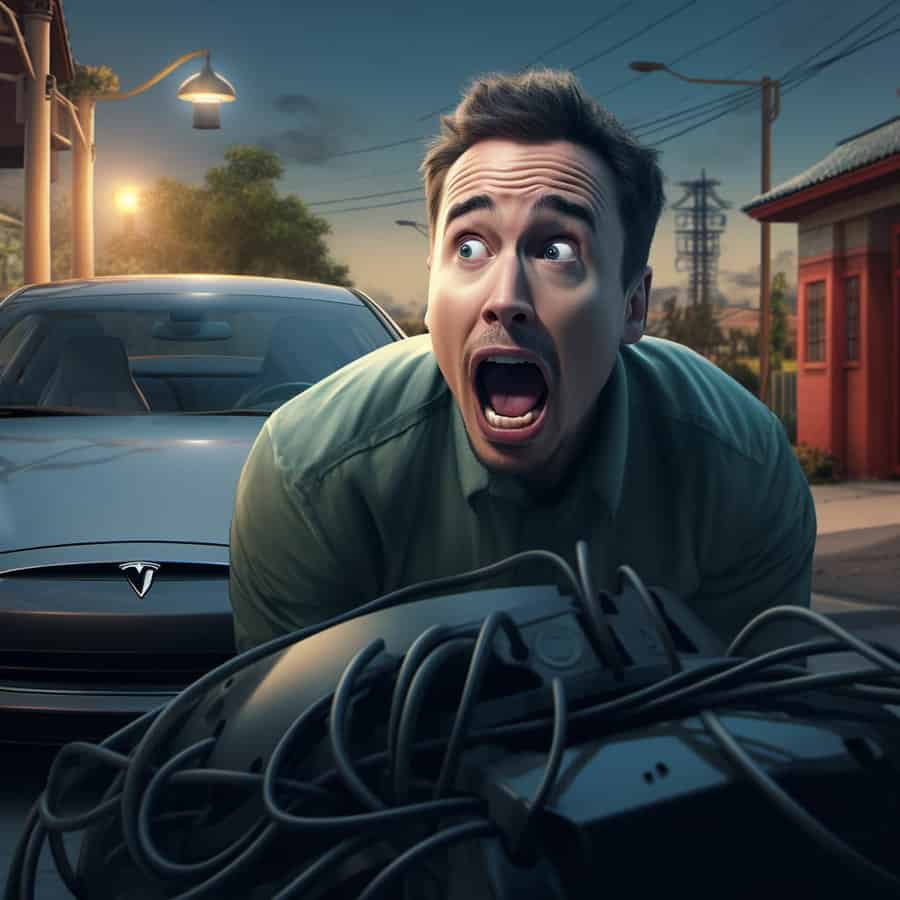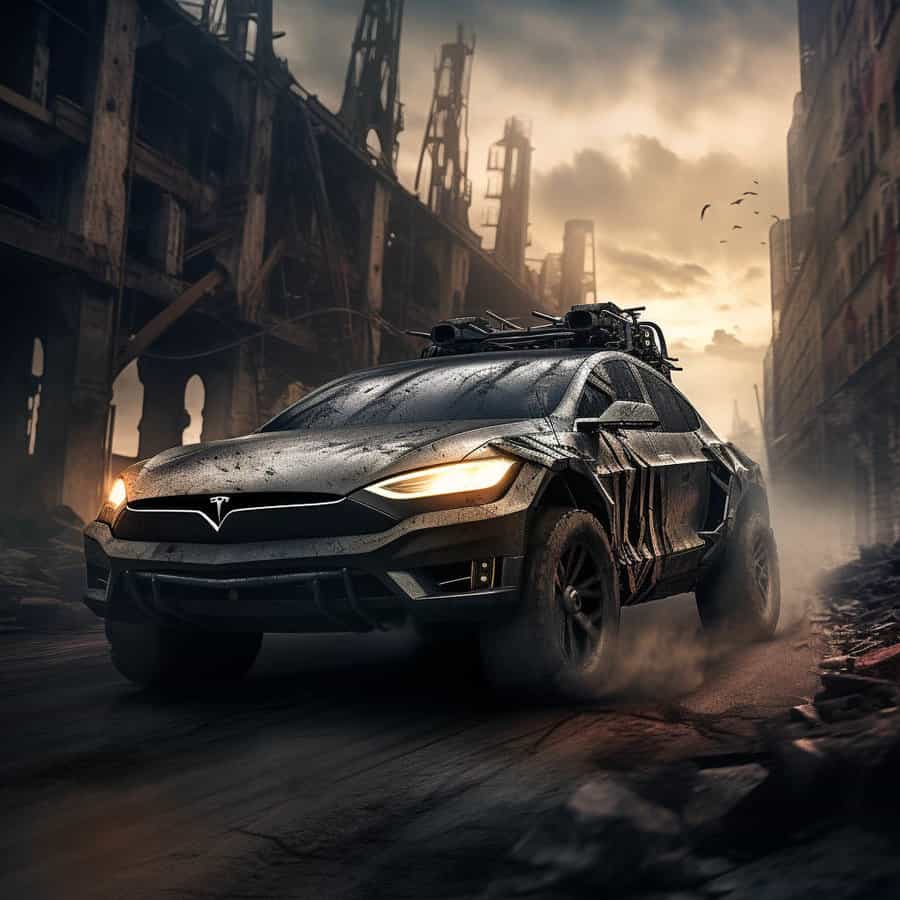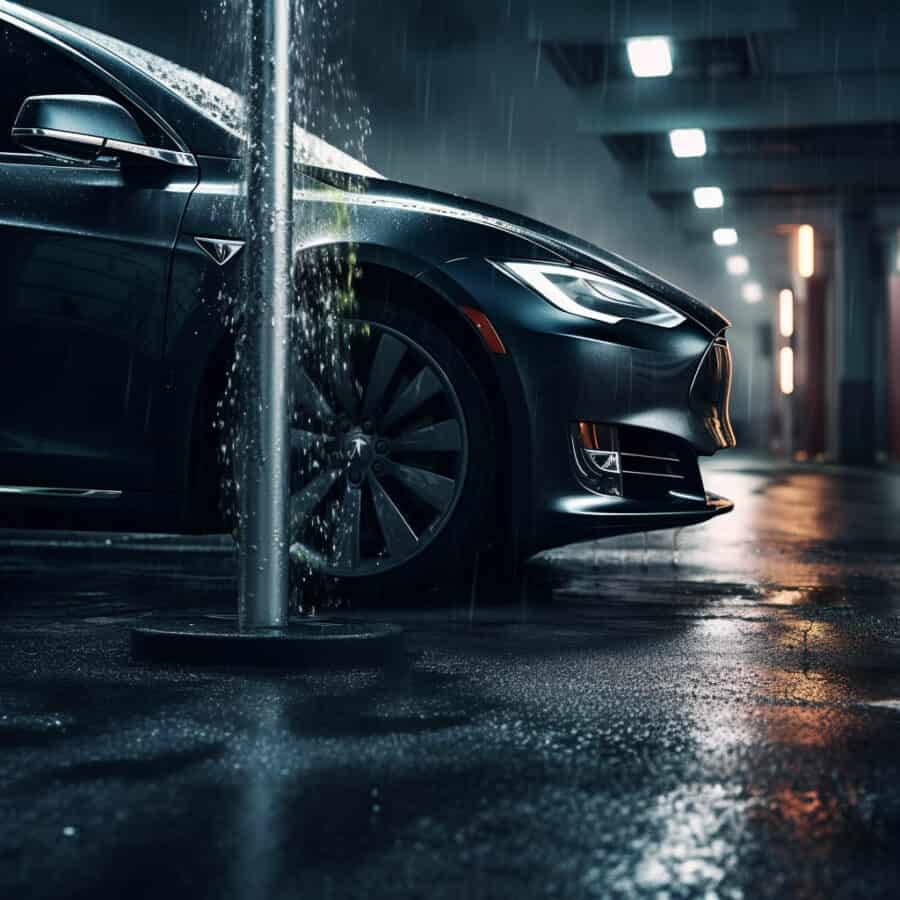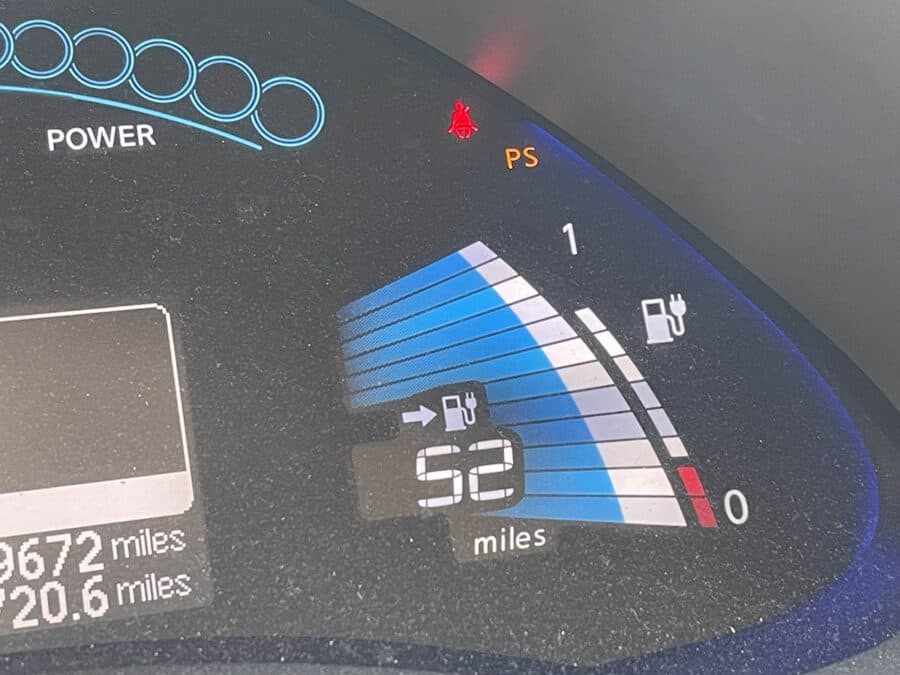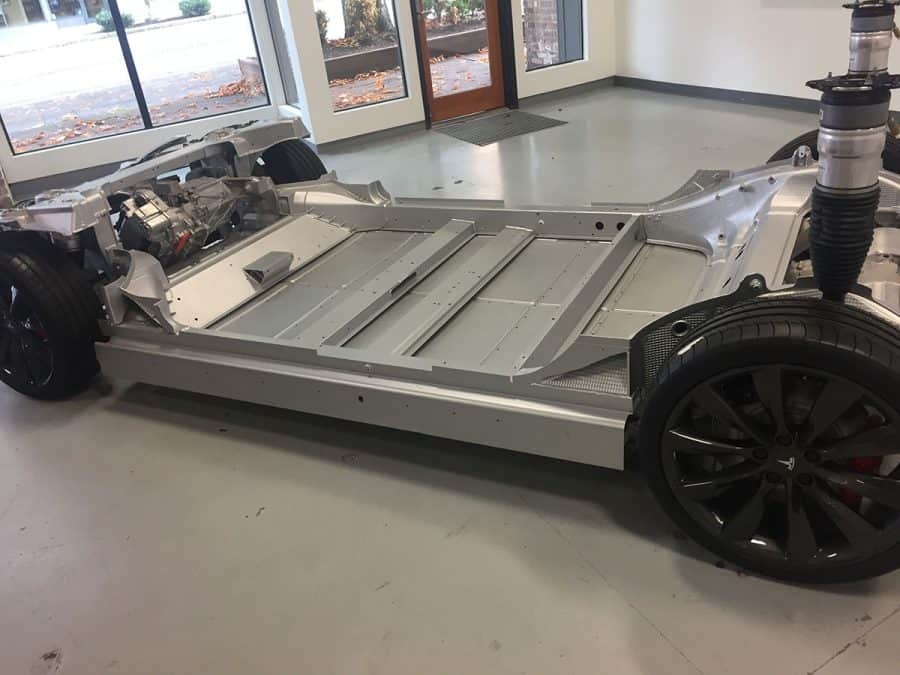Tesla Auto Pilot Recall
Tesla Autopilot is one of the most advanced driver assistance systems on the market, offering features such as automatic lane changing, self-parking, and even autonomous driving in some circumstances. However, recently, there has been a Tesla Autopilot recall, which is limiting where it can be used. Note: Since this article was first published, another Tesla software update has been pushed through that seems to have restored the Tesla Autopilot of Full-Self Driving back to it’s previous functionality. Tesla Auto Pilot Safety Concerns The recall was announced by the National Highway Traffic Safety Administration (NHTSA), citing concerns about the safety of the system’s forward-facing camera. According to the NHTSA, there is a risk that the camera’s image processing software could malfunction, causing the Autopilot system to misinterpret its surroundings and potentially lead to a crash. As a result of the recall, Tesla has disabled Autopilot’s automatic lane changing feature on all Model S and Model X vehicles built between September 2014 and September 2021. This means that drivers will no longer be able to rely on the system to automatically change lanes for them when they activate the turn signal. The recall is a significant blow to Tesla’s Autopilot system, which has been marketed as one of the company’s key selling points. It’s also a reminder of the challenges involved in developing self-driving cars and the limitations that still exist in the technology. Tesla Full Self Driving Challenges One of the main issues with autonomous driving is that it requires a massive amount of data to be processed in real-time. This includes information about the road, other vehicles, pedestrians, and the environment. To achieve this, autonomous vehicles rely on a variety of sensors and cameras that feed data to the car’s computer system, which then uses machine learning algorithms to interpret the information and make decisions about how to operate the vehicle. However, this process is not foolproof, and there are still many situations where the technology can fail. For example, if the camera is not properly calibrated or if there is too much glare or reflection on the road, the system may misinterpret its surroundings and potentially cause an accident. The Tesla Autopilot recall is an acknowledgment of these limitations and an attempt to mitigate the risk of accidents caused by the system’s malfunctioning. However, it also highlights the fact that self-driving technology is still in its infancy and has a long way to go before it can be relied on completely. Tesla Auto Pilot Criticism In addition to the recall, Tesla has also faced criticism from safety experts who argue that the company has been too aggressive in marketing the Autopilot system as a fully autonomous driving experience. While Tesla has been clear that the system requires driver attention and intervention, some drivers have misunderstood the limitations of the system and have become over-reliant on it. This has led to several high-profile accidents involving Tesla vehicles and has raised questions about the safety of autonomous driving more broadly. In response, Tesla has been working to improve its safety messaging and has implemented additional safety features in its vehicles, such as driver monitoring systems. Despite these efforts, there is still a long way to go before fully autonomous driving becomes a reality. In the meantime, companies like Tesla will need to continue developing and refining their autonomous driving technology to minimize the risk of accidents and ensure that drivers understand the limitations of the systems they are using. Autonomous Driving is Still in it’s Infancy The Tesla Autopilot recall is a reminder that autonomous driving technology is still in its early stages, and there are many challenges that need to be overcome before it can be used safely and reliably on a widespread basis. However, with continued investment and innovation, it’s likely that we will see significant advancements in this area in the coming years. One of the most promising developments is the use of artificial intelligence and machine learning algorithms to improve the accuracy and reliability of autonomous driving systems. By analyzing vast amounts of data and continually learning from experience, these algorithms can adapt to changing road conditions and make more accurate predictions about what’s happening around the vehicle. Improved Hardware for Autonomous Driving Another area of focus is the development of new sensors and cameras that can better detect and interpret the environment around the vehicle. For example, lidar technology uses laser beams to create a 3D map of the surroundings, which can provide more accurate data than traditional cameras. However, these advancements will take time to implement and will require significant investment from companies like Tesla. In the meantime, it’s essential that manufacturers continue to prioritize safety and educate drivers about the limitations of autonomous driving systems. Additional Regulations for Autonomous Driving? One potential solution to this issue is to implement a graduated licensing system for autonomous driving. This could require drivers to undergo additional training and demonstrate their ability to safely operate a vehicle with autonomous driving features before being allowed to use them on public roads. Another approach could be to introduce regulations that require autonomous driving systems to meet certain safety standards before they can be used on public roads. This could help ensure that the technology is tested and proven to be safe before it’s widely adopted. Conclusion: Tesla Autopilot Autonomous Driving Ultimately, the Tesla Autopilot recall highlights the need for continued investment in autonomous driving technology and the importance of prioritizing safety. While there is still a long way to go before fully autonomous driving becomes a reality, the potential benefits of this technology are significant. From reduced traffic congestion and improved efficiency to increased safety and reduced emissions, there are many reasons to be optimistic about the future of autonomous driving. However, it’s important to remember that this technology is still in its early stages and that there are many challenges that need to be overcome before it can be used safely and reliably on a widespread basis. In
Tesla Auto Pilot Recall Read More »

